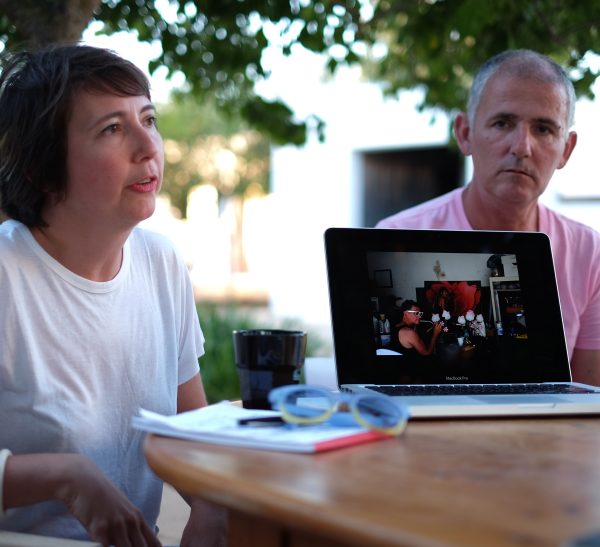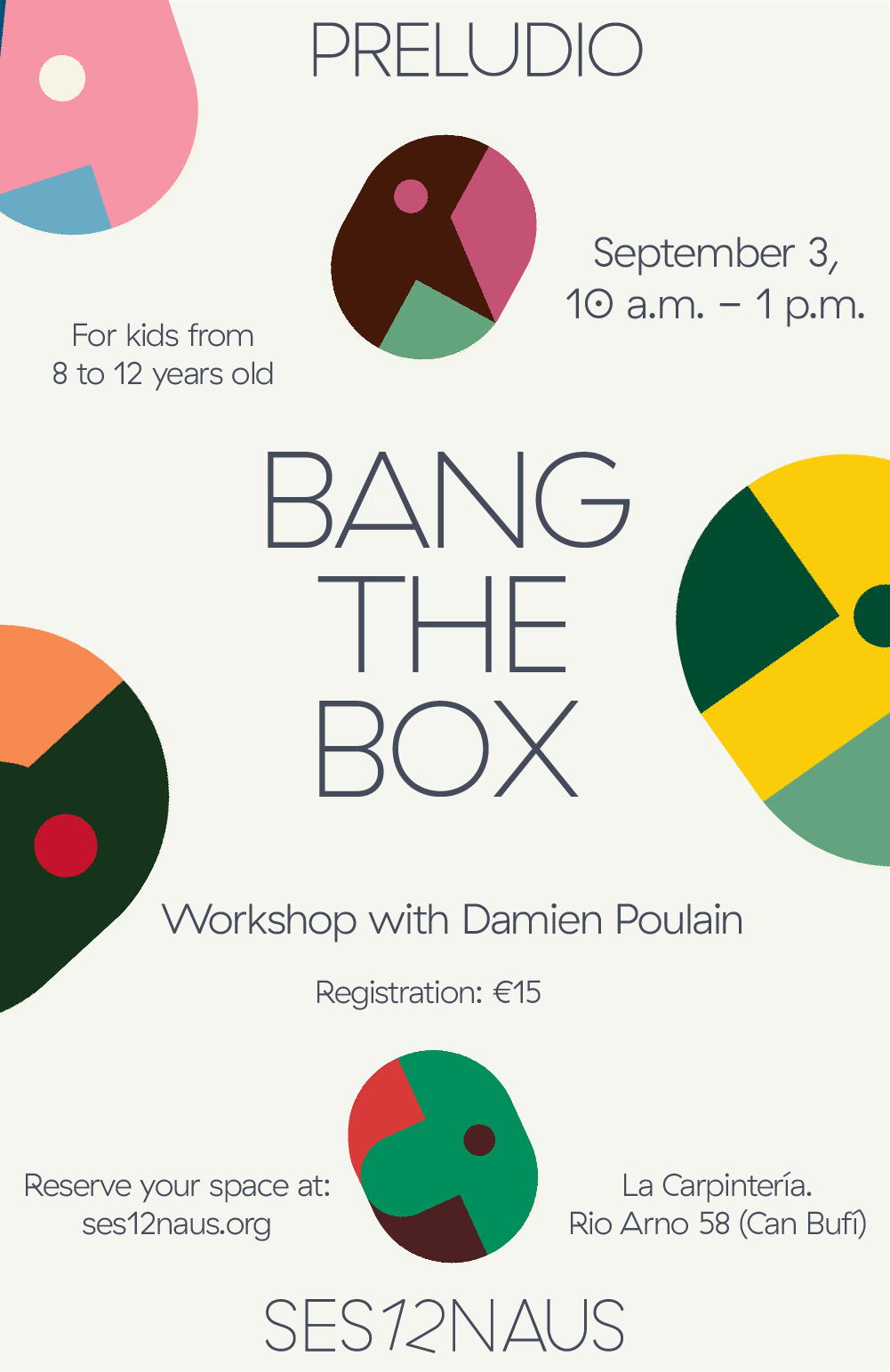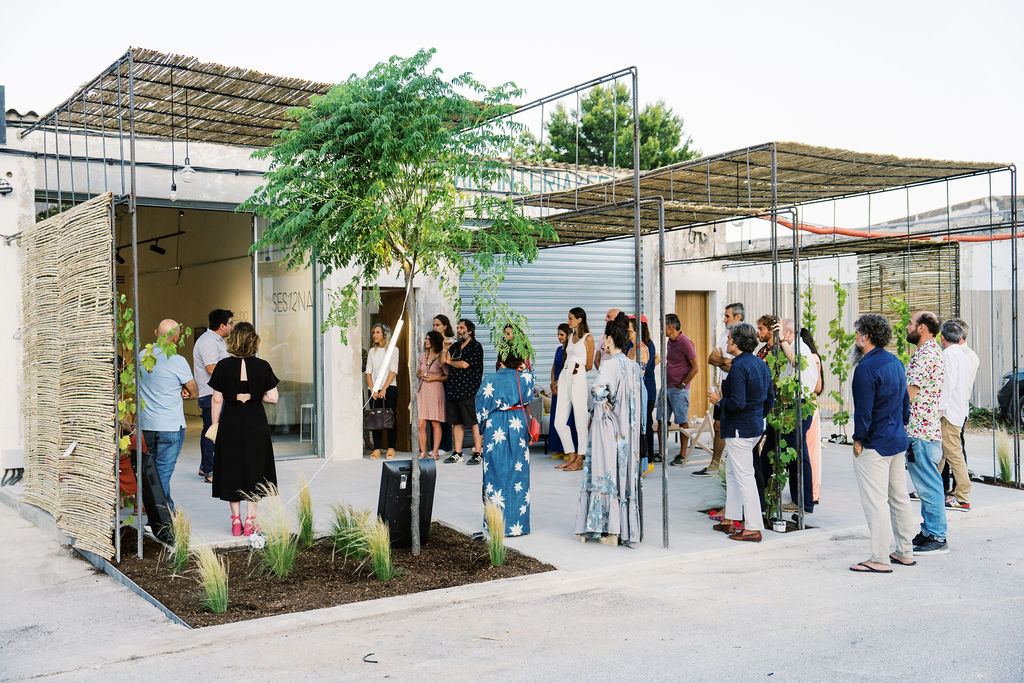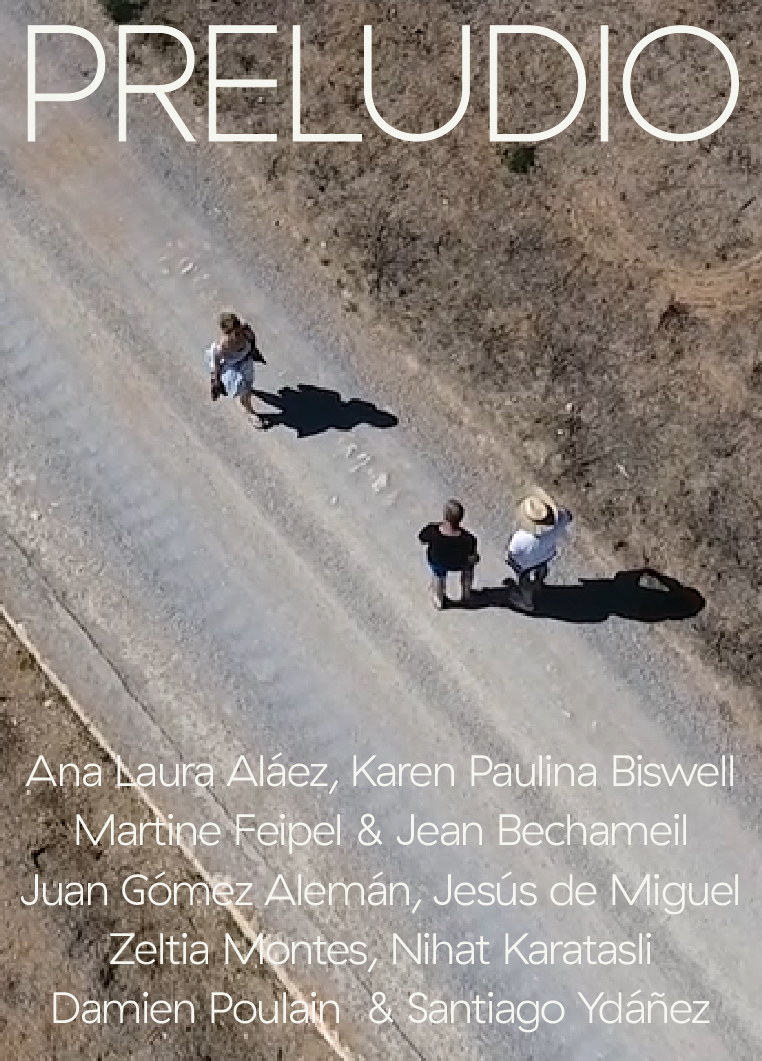ACTIVITY / PRELUDIO

Preludio
An exhibition addendum serving as a prologue of all that is yet to come
The proposal presented in summer 2022 in the venue La Carpintería, entitled Preludio, took the form of an exhibition addendum serving as a prologue of all that is yet to come. It was a look back at some of the main projects developed during the first two editions as well as a working basis for future research in the field of shared, heterogeneous and cumulative creativity, which fuses elements of its own culture with tradition, innovation and experimentation.
Works such as Loca People (What The F**k) by Damien Poulain (France, 1975) and El conflicto es otro [The conflict lies elsewhere] by Ana Laura Aláez (Bilbao, 1964), both made in collaboration with local craftsmen and women, juxtapose with a critique of avant-garde island architecture in Hotel Utopia, by Martine Feipel (Luxembourg, 1975) and Jean Bechameil (Paris, 1964); an avid pictorial exploration of the island’s fauna, traditions and culture at the hands of Santiago Ydáñez’s (Jaén, 1969); and Zeltia Montes’ (Madrid, 1979) landscape and nature inspired musical composition, Pou des Lleó.
Karen Paulina Biswell’s (Aruba, 1983) photographic series analyses the ancestral, mystical and magical character of Ibiza, while Nihat Karatasli (Izmir, Turkey, 1988) explores the Mediterranean, natural and humanist sphere. Jesús de Miguel (Palencia, 1975) traces the unique historical itinerary of the symbol on a path that takes him all the way from cave paintings to today’s emoticons.
Finally, a performance by Juan Gómez Alemán (Madrid, 1981) crystallizes the memory of all the artists who took part in the first two editions of Ses12naus and for whom Preludio’s selection of works only highlights the need for these residency programmes and the importance of making, of presence, real mobility, and physical contact, precisely at a time when all these concepts, so essential to the human condition, are in jeopardy.
Curation: Fernando Gómez de la Cuesta and Ses12naus.
La Carpintería. Rio Arno, 58 (Can Bufí)
From July 1 to September 3, 2022















